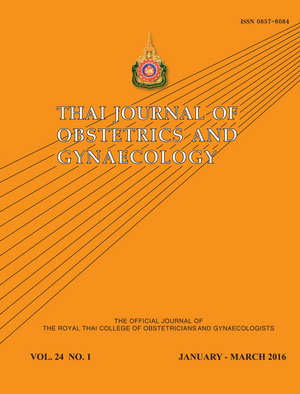Risk Factors and Health Hazards of Vaginal Infections in Upper Egypt: A cross sectional study
Main Article Content
Abstract
Objective: The complaint of abnormal vaginal discharge is very common particularly in developing countries with low socioeconomic level as Egypt. The study aims to determine the frequency of vaginal infections among Upper Egypt women with evaluation of the related risk factors and health hazards in addition to study the habit of vaginal douching, its possible relation to vaginal infections.
Materials and Methods: A cross sectional observational study was done in Women Health Hospital – Assiut University-Egypt. A trained clinic nurse administered an interview-administered questionnaire to 326 women. Women presented to the outpatient clinic and diagnosed to have any type of vaginal infections were approached for participation. The principle outcome was to study the common predisposing factors, different types of vulvovaginal infection and possible common reproductive hazards.
Results: During 6-months’ study period, 3894 patients attended the outpatient Gynecology Clinic, from whom 326 women (8.24%) proved to have vaginal infections. The mean age (±SD) of the study participants was 34.61±9.33 years. The majority of women (89.6%) were housewives, multipara (85.9%), living in rural and semi urban areas (79.5%). Among the study group, candidiasis was the most common type of infection (60.8%). The recurrence rate was high for both bacterial vaginosis “BV” (75.2%) and vulvovaginal candidiasis “VVC” (64.1%). No significant difference between candidiasis and bacterial vaginosis regarding preterm labor, ectopic pregnancy and pelvic inflammatory disease.
Conclusions: Vaginal infections are quiet common in our locality with high frequency of recurrence. Vaginal douching is a common practice that may predispose to many reproductive health hazards as preterm labor and pelvic inflammatory disease.


